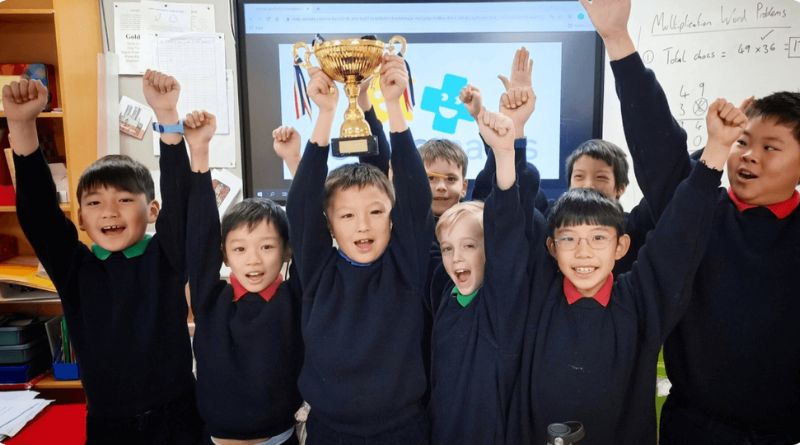Structure and Progression of the Primary Maths Curriculum
Singapore’s primary mathematics education is renowned globally for its effectiveness and comprehensive approach. The primary maths syllabus in Singapore is carefully crafted to foster a deep understanding of mathematical concepts from an early age. This article delves into the key components and unique aspects of the primary maths syllabus in Singapore, highlighting its structure, objectives, and the methods used to achieve them.
Structure of the Primary Maths Syllabus
The primary maths syllabus in Singapore is structured to build a strong foundation in mathematics through a progressive series of topics and skills. Focusing on both arithmetic and problem-solving abilities. Each level introduces new concepts while reinforcing previously learned skills, ensuring a gradual and thorough development of mathematical proficiency.
Key Components and Objectives
At its core, the primary maths syllabus aims to develop mathematical thinking, problem-solving skills, and a strong conceptual understanding. It covers topics such as numbers, operations, geometry, measurement, and data analysis. Emphasis is placed not only on computational skills but also on reasoning and application of mathematical concepts in real-world contexts.
The syllabus incorporates a variety of learning experiences, including hands-on activities, problem-solving tasks, and collaborative learning. This approach not only engages students but also enhances their understanding by connecting abstract mathematical ideas with practical scenarios.
Pedagogical Approach and Teaching Methods
The teaching methods used in Singapore’s primary maths syllabus are research-based and emphasise a concrete-pictorial-abstract (CPA) approach. This method begins with concrete manipulatives and visual representations to help students grasp abstract concepts. Teachers use models, diagrams, and real-life examples to illustrate mathematical principles before progressing to symbolic representations and formal algorithms.
Problem-solving is a central focus throughout the curriculum. Students are encouraged to explore multiple strategies, discuss their reasoning, and apply their understanding to solve complex problems. This fosters resilience, creativity, and a deeper appreciation for the interconnectedness of mathematical concepts.
Assessment and Feedback
Assessment in the primary maths syllabus is designed to be formative and ongoing, providing teachers with insights into students’ progress and areas needing reinforcement. Formal assessments, such as tests and quizzes, are complemented by continuous feedback and diagnostic tools. This approach allows teachers to tailor their instruction to meet the diverse learning needs of students effectively.
Impact and Recognition
Singapore’s primary maths syllabus has garnered international recognition for its effectiveness in producing strong mathematical skills among students. Its systematic approach, emphasis on problem-solving, and use of pedagogically sound methods have been studied and adapted by educators worldwide. Countries looking to improve their mathematics education often look to Singapore’s curriculum as a benchmark for success.
Conclusion
Primary maths syllabus in Singapore stands out for its structured yet flexible approach to mathematics education. By fostering a deep understanding of mathematical concepts and promoting problem-solving skills from an early age, the curriculum prepares students to tackle challenges in an increasingly complex world. Its success lies not only in its content but also in its innovative teaching methods and continuous improvement based on research and feedback.


